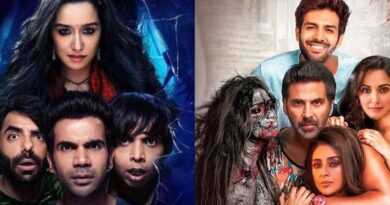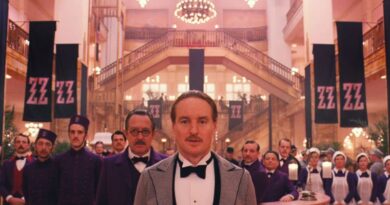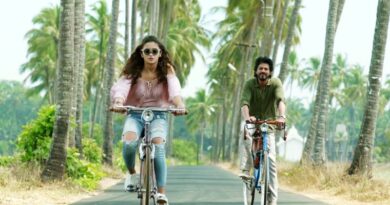Indian Classic Movies Everyone Must Watch – Embarking on a cinematic journey, we invite you to delve into the enchanting realm of Indian classic movies—a realm where storytelling transcends the boundaries of time. In this captivating odyssey, we unveil the mesmerizing magic inherent in movies that have withstood the relentless passage of time. Each frame, a testament to the enduring power of storytelling, captures the essence of Indian cinema’s soul. These cinematic masterpieces transport viewers through gripping tales of love, where the intricacies of human emotion are laid bare, and sacrifices unfold with a poignant grace.
Within the frames of these classics, you will witness the epic sagas of bravery, where characters navigate the tumultuous landscapes of life with unwavering courage. These films stand not just as narratives on celluloid but as living testaments to the resilience etched into the very fabric of Indian storytelling. As the scenes unfold, you’ll find yourself immersed in the rich tapestry of narratives, each thread weaving together moments that resonate across generations. The stories encapsulate not only the diverse cultural landscapes of India but also the universal themes of love, sacrifice, bravery, and resilience that echo in the human experience.
9 Indian Classic Movies Everyone Must Watch At Least Once
Sholay (1975):
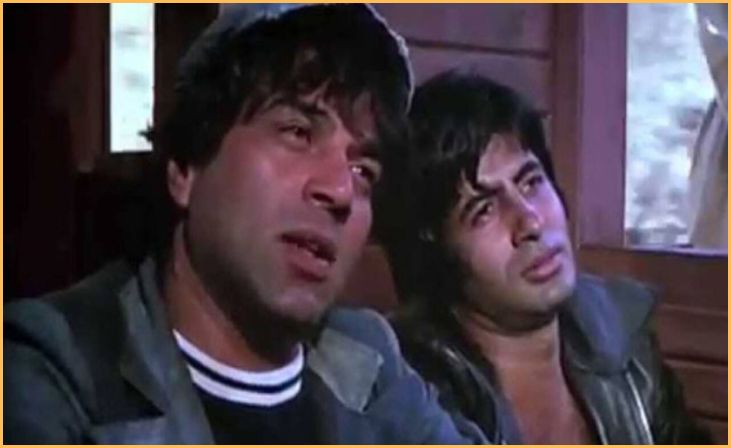
“Sholay” is a film that exemplifies the action-adventure genre that is prevalent in Bollywood. When it comes to directing, Ramesh Sippy does a masterful job of combining elements of friendship, vengeance, and sacrifice. The story of the movie is told through the friendship that exists between Jai and Veeru, who are portrayed by Amitabh Bachchan and Dharmendra, as well as through the intense confrontation that takes place with the dangerous dacoit Gabbar Singh. The cinematography does a good job of capturing the raw landscapes of the village, which contributes to the overall visual impact of the film. Additionally, the soundtrack, which was composed by R.D. Burman, is a perfect complement to the narrative, which ensures that “Sholay” is an unforgettable cinematic experience.
Also Read:- Must-Watch Allu Arjun Movies
Mughal-e-Azam (1960):

The film “Mughal-e-Azam” directed by K. Asif is a magnificent cinematic spectacle that painstakingly recreates the opulence of the Mughal era. The production design of the film, the elaborate costumes, and the choreography of the famous song “Pyar Kiya To Darna Kya” all contribute to the visual richness of the film. Both Dilip Kumar, who plays Prince Salim, and Madhubala, who plays Anarkali, bring an additional layer of emotional depth to the tragic love story, which helps to make it timeless. Additionally, the film’s use of Technicolor, which was revolutionary for its time, contributed to an overall improvement in the visual experience.
Pyaasa (1957):
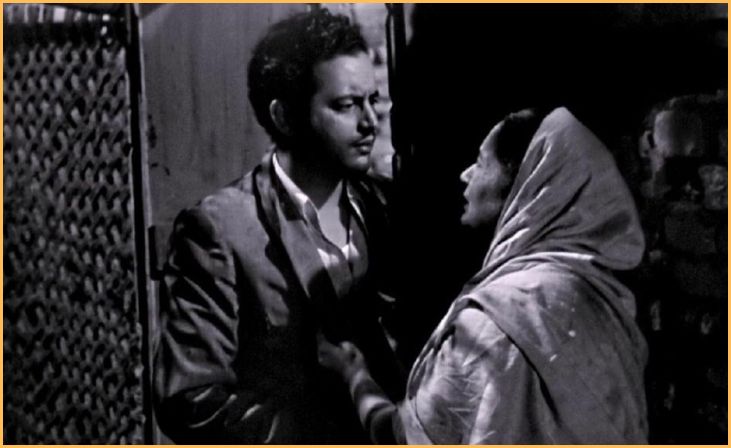
The novel “Pyaasa” written by Guru Dutt goes beyond the boundaries of traditional storytelling by employing poetry and music to convey the emotional journey of the protagonist. By depicting the struggles of the poet Vijay, who is portrayed by Guru Dutt himself, the film functions as a critique of the materialistic society that existed during the 1950s. Soul-stirring music composed by S.D. Burman, in particular the iconic song “Yeh Duniya Agar Mil Bhi Jaye To Kya Hai,” resonates with the themes of existentialism and societal disillusionment that are explored in the film.
Mother India (1957):

The film “Mother India” directed by Mehboob Khan is a groundbreaking piece of cinematic art that delves into the contrast between tradition and progress. The narrative of the film takes place against the backdrop of agrarian life, highlighting the unyielding determination of the titular character, Radha, in the face of adversity. The powerful portrayal of Nargis, as well as the film’s commentary on social issues, contributed to the film’s widespread acclaim. In addition to adding a layer of cultural and nationalist significance to the narrative, the use of Radha as a symbol to represent Mother India is also of great significance.
Do Bigha Zamin (1953):

The seminal work “Do Bigha Zamin” by Bimal Roy is a piece of literature that perfectly captures the essence of agrarian struggles that occurred after independence. In order to depict the difficulties that Shambu, a farmer who is compelled to relocate to the city in an effort to save his land, must endure, the film makes use of techniques that are realistic in storytelling. The cinematography, which was done by Kamal Bose, does an excellent job of highlighting the socio-economic disparities that were prevalent during that time period by depicting the stark contrast between rural and urban landscapes. Critical acclaim was bestowed upon the film in India as well as in other countries due to its moving depiction of human resiliency and the influence of industrialization on rural life.
Guide (1965):
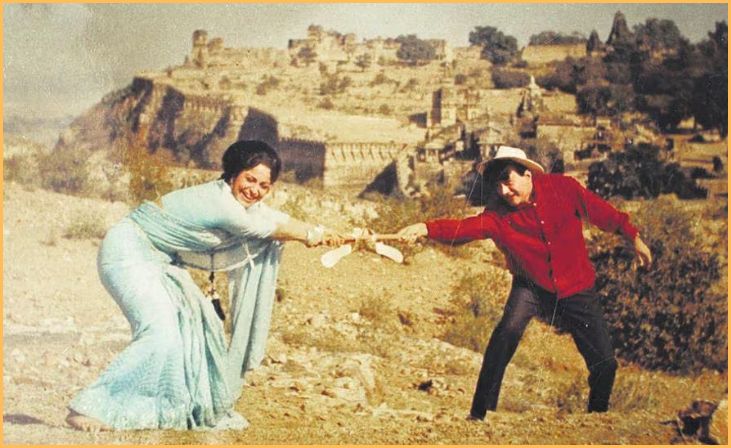
The film “Guide” by Vijay Anand is a cinematic masterpiece that combines drama and spirituality in a way that is seamless. Throughout the course of the movie, Dev Anand portrays Raju, a character who goes from being a materialistic tourist guide to becoming a spiritual leader. The narrative, which is based on the novel written by R.K. Narayan, investigates the complexities of human relationships as well as the search for inner peace. The musical score composed by S.D. Burman, which includes songs such as “Aaj Phir Jeene Ki Tamanna Hai” and “Tere Mere Sapne,” lends a soulful dimension to the narrative, thereby establishing “Guide” as an enduring classic.
Anand (1971):
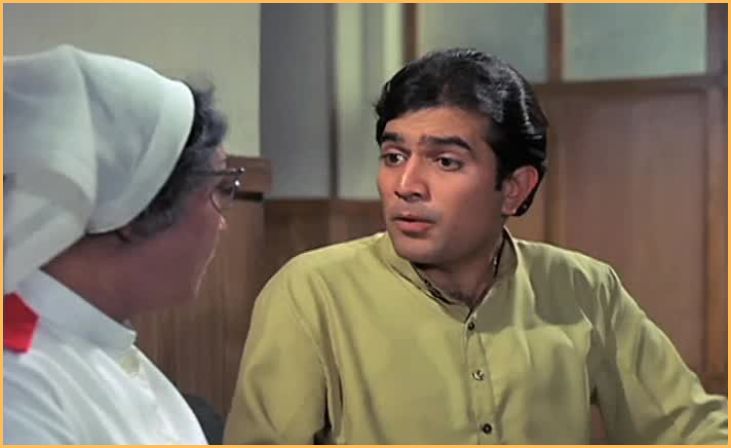
The novel “Anand” written by Hrishikesh Mukherjee is a touching investigation into the themes of life, love, and friendship. Rajesh Khanna plays the role of Anand, a terminally ill patient, and the film focuses on the impact that Anand has on the lives of those around him, particularly his friend Dr. Bhaskar, who is portrayed by Amitabh Bachchan. The script that Gulzar has written for the film is a wonderful example of how humor and emotional depth can coexist. The charismatic performance of Rajesh Khanna, in conjunction with the soulful melodies composed by R.D. Burman, creates a cinematic experience that resonates with audiences of all ages and generations.
Lagaan (2001):
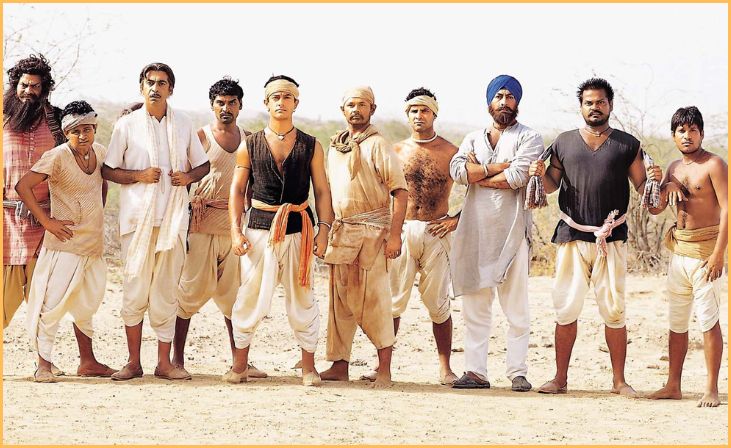
The film “Lagaan” directed by Ashutosh Gowariker is a cinematic landmark that successfully combines elements of sports, patriotism, and social commentary. In the film, which takes place during the time of British colonial rule, the plot centers on a group of villagers led by Bhuvan, who is portrayed by Aamir Khan. These villagers challenge the British rulers to a cricket match in order to obtain relief from the oppressive taxes they impose. The story expertly weaves together a sense of national pride, camaraderie, and tension throughout its entirety. As a result of the emotional resonance that is enhanced by the musical score composed by A.R. Rahman, which includes songs such as “Mitwa” and “O Rey Chhori,” the film has received widespread acclaim and has been nominated for an Academy Award in the category of Best Foreign Language Film.
Gandhi (1982):
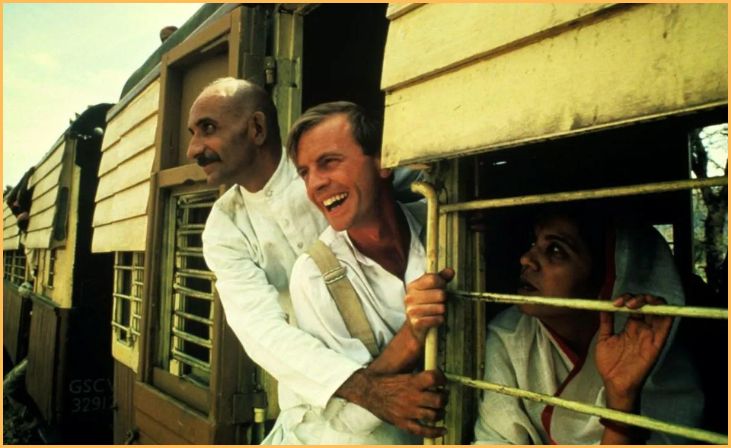
“Gandhi” is a monumental biographical epic that chronicles the life of Mahatma Gandhi in a meticulous manner. It was directed by Richard Attenborough. Gandhi’s philosophy of nonviolence and his pivotal role in India’s struggle for independence are both captured in Ben Kingsley’s portrayal, which is a completely transformative performance. The movie covers a wide range of significant moments in Gandhi’s life, beginning with his experiences in South Africa and continuing through the Salt March and his eventual achievement of freedom. It is an enduring tribute to the Father of the Nation because the screenplay, which was written by John Briley, provides a depiction of Gandhi’s principles that is both comprehensive and nuanced.
Also Read:- Must-Watch Rashmika Mandanna Movies
Conclusion
Embarking on this cinematic odyssey with the seven Indian classic movies mentioned transcends beyond a mere choice—it transforms into a profound cultural exploration. These films, intricately woven into the fabric of India’s storytelling legacy, have not only entertained but have etched an indelible mark on the hearts of cinephiles worldwide. As the reels unfold, viewers are not just passive observers; they become participants in a journey that traverses the diverse landscapes of Indian narratives. Each film is a brushstroke on the canvas of storytelling, contributing to a larger-than-life mural that reflects the depth and richness of Indian cinema. These cinematic gems serve as cultural ambassadors, allowing audiences to delve into the intricacies of India’s societal nuances, traditions, and emotions. They encapsulate the spirit of the nation, providing a window into its history, diversity, and the timeless tales that define its identity.
Frequently Asked Questions
Classic movies often possess timeless qualities, including compelling storytelling, memorable characters, and enduring themes. They resonate across generations, standing the test of time.
Yes, many of these classic Indian movies come with subtitles, allowing a global audience to enjoy and appreciate the rich storytelling and cultural nuances.


